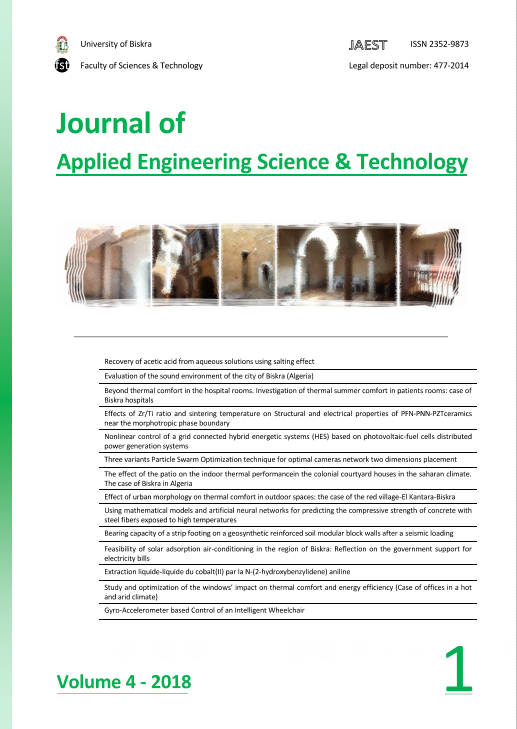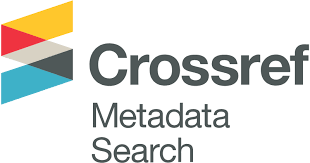Using mathematical models and artificial neural networks for predicting the compressive strength of concrete with steel fibers exposed to high temperatures
DOI:
https://doi.org/10.69717/jaest.v4.i1.62Keywords:
Concrete, Compressive strength, Porosity, Mathematical method, Artificial neural networks, Ultrasonic pulse velocityAbstract
In this study mathematical methods and artificial neural network (ANN) model are used to predict the compressive strength of concrete with steel fibers exposed at high temperatures. The data used in the models construction were obtained from laboratory experiments. The compressive strength was experimentally determined for specimens containing three volume fractions of steel fibers 0.19%,0.25%, 0.5% were used and two different water/cement ratios (w/c of 0.35 and 0.45). Specimens were subjected to various heating-cooling cycles from the room temperature to 200, 400, and 600°C. The inputs models of ANN were temperature, w/c, percentage of porosity, ultrasonic pulse velocity; percentage of steel fibers and percentage superplasticizer, the output was the compressive strength of concrete. Four mathematical models were development to predict the compressive strength. Three mathematical models including a number of functions to express the strength-porosity relationship, and other model used to establish the relationships between strength and ultrasonic pulse velocity. Mathematical methods, artificial neural network and their results were evaluated and compared. The results show that ANN has good potential to be used as a tool for predicting the compressive strength of concrete with steel fibers exposed to high temperatures.
Downloads
Downloads
Published
Issue
Section
License

This work is licensed under a Creative Commons Attribution-NonCommercial 4.0 International License.













